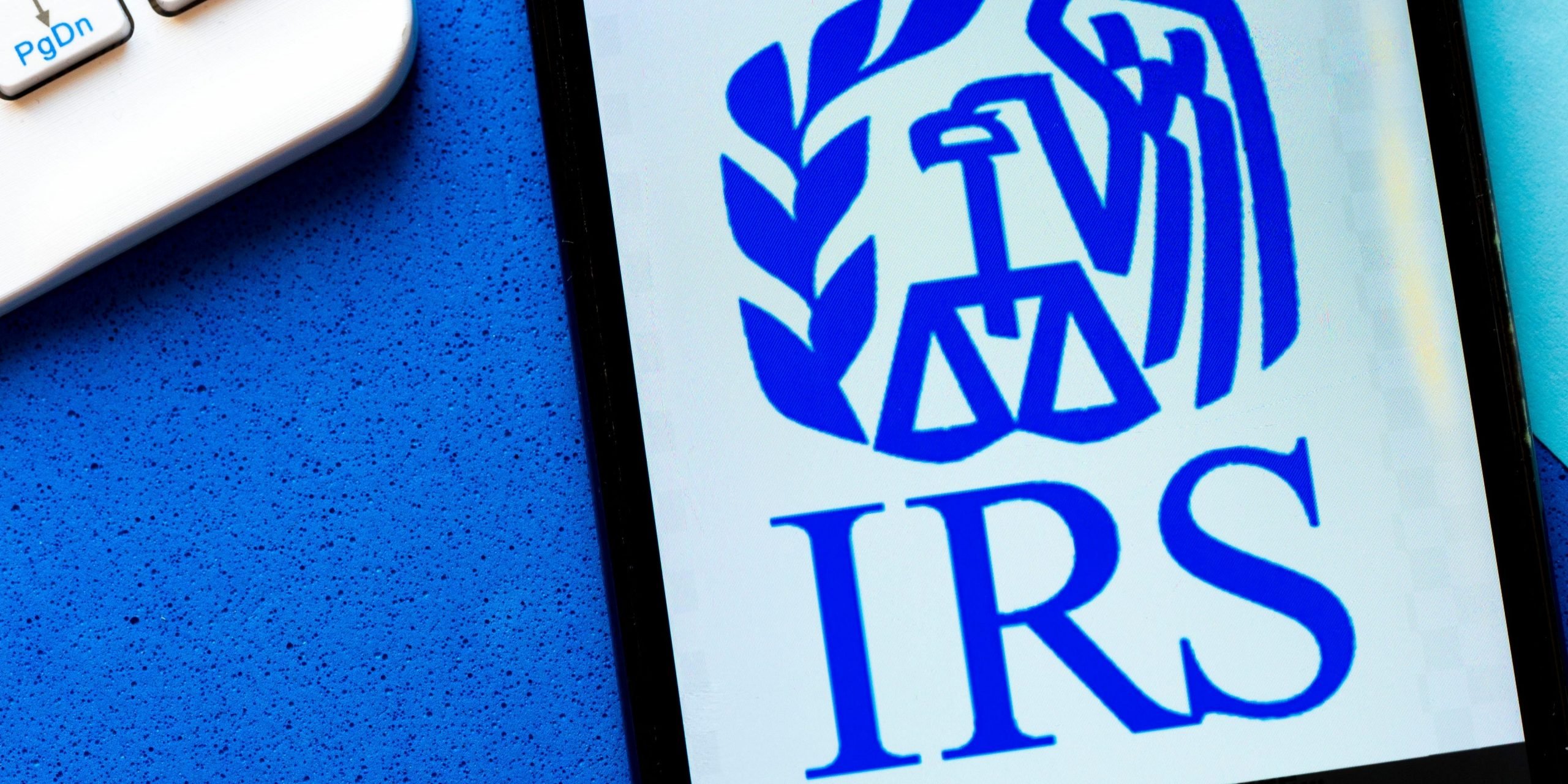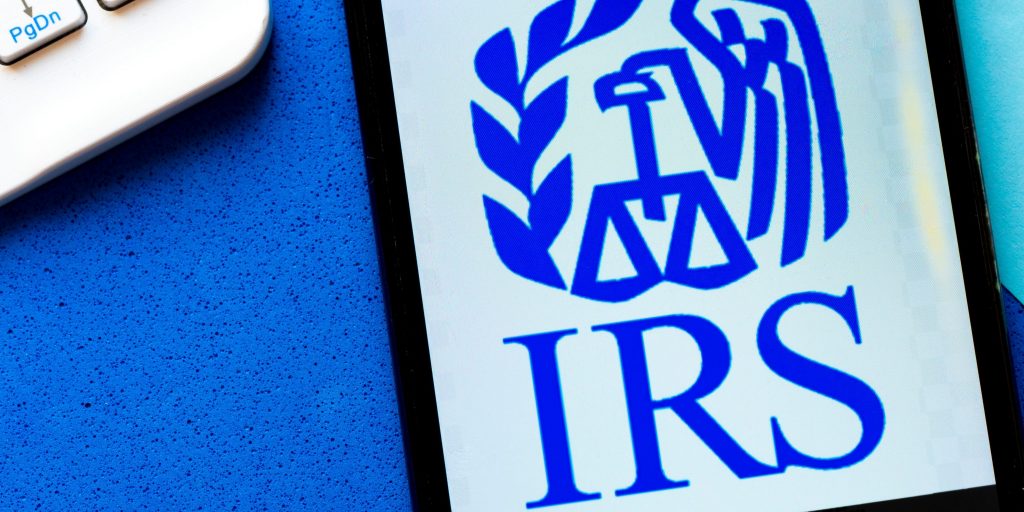
Photo Illustration by Igor Golovniov/SOPA Images/LightRocket via Getty Images
- Democratic efforts to cut child poverty in half could be hobbled by an inconvenient IRS website for non-filers.
- "It looks like crap and it's not really usable," a left-leaning think tank founder told Insider.
- Democrats say they want the IRS to overhaul the site ahead of the first monthly checks going out on July 15.
- See more stories on Insider's business page.
The first advance payments of the bulked-up child tax credit are poised to go out to millions of American families in just over two weeks on July 15 – a key part of President Joe Biden's $1.9 trillion stimulus law that took effect in March.
But Democratic-led efforts to reach the poorest families could be hindered. The credit was expanded to reach families with no tax obligations, a group previously shut out from the credit. The problem is, some experts and community groups say, the federal government's new online portal to reach those who don't usually file is too complex and inconvenient. For example, it can only be used on a desktop computer and not a smartphone.
"It looks like crap and it's not really usable," Matt Bruenig, founder of the People's Policy Project, a left-leaning think-tank, told Insider. "It's intimidating to use. It doesn't work in a mobile phone and there's no Spanish. It's just really bad."
Bruenig, alongside web designer Jon White, recently created their own version of a child tax credit portal for non-filers to demonstrate how it should actually function. For instance, mobile devices can access it and it's available in Spanish. Bruenig said it took them roughly 13 hours to set up.
-People's Policy Project (@PplPolicyProj) June 22, 2021
Several community groups are warning the portal is "inaccessible" to underserved communities, HuffPost reported. Nearly a third of all US children live in households with no tax burden.
"The lowest-income families will see the most benefit from [the expansion], and research has shown that families of color represent a significant amount of that population," Devin Simpson, the director of Tax Credits for Working Families, a nonpartisan group, told Insider.
Nearly 90% of families with children ages 17 and under qualify for the six monthly payments that will be distributed between July and December. The vast majority don't have to do anything to receive them. But at least 2.3 million children could be left out of the advance child tax credit payments, per a Treasury Department estimate.
The digital divide compounds the problem. Americans earning less than $30,000 are much likelier to own a smartphone than a desktop computer, per a recent Pew Research Center survey.
The IRS did not immediately respond to a request for comment. In April, IRS Commissioner Charles Rettig underscored the challenges gripping the agency after it was strained by the pandemic, following a decade of GOP-led budget cuts.
"We have to create an entire new structure for the Internal Revenue Service," he told the Senate Finance Committee. "We are not historically a benefits delivery federal agency, but we're setting that up."
The IRS developed the online portal in conjunction with Intuit for non-filing households. Key Democrats say they are pressing the IRS to overhaul the site to ensure it's straightforward and easy for non-filers.
"I talked for 40 minutes to Commissioner Rettig on [June 18]," Sen. Sherrod Brown, an architect of the child tax credit expansion, said in an interview last Tuesday. "He's very reassuring about what they're doing and he's totally committed to this."
Brown went on: "He understands that everything needs to be fixed in the next couple weeks," adding that the IRS was rushing to update the website by July 15.
However, if eligible people aren't getting the cash, Bruenig said, "it's just not going to be nearly as effective as they said it was going to be" at cutting child poverty.

